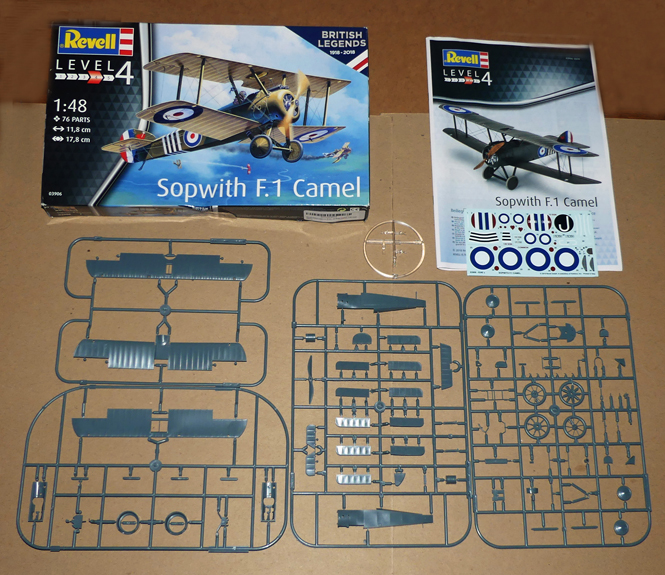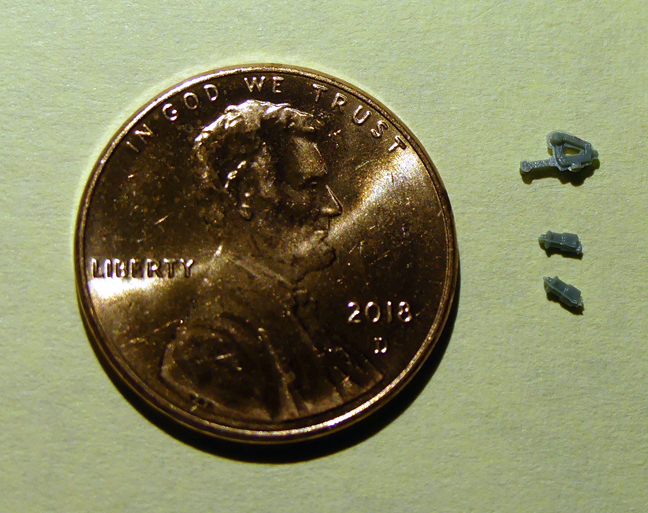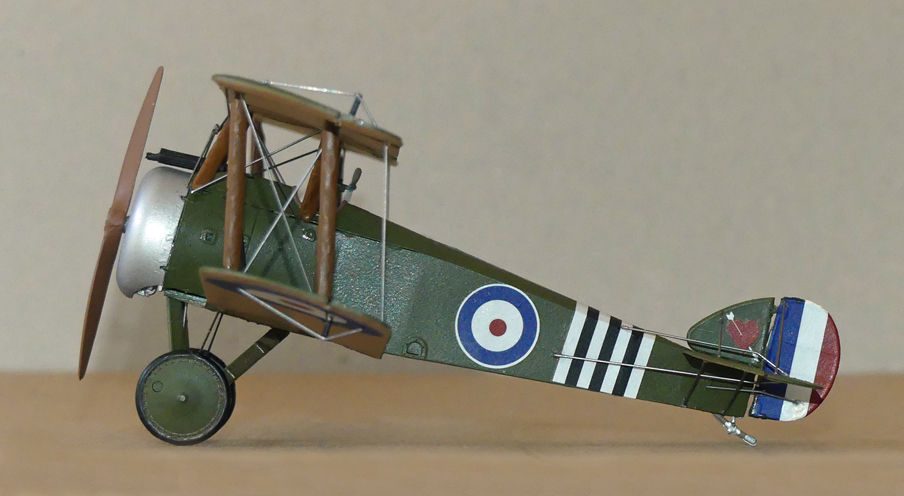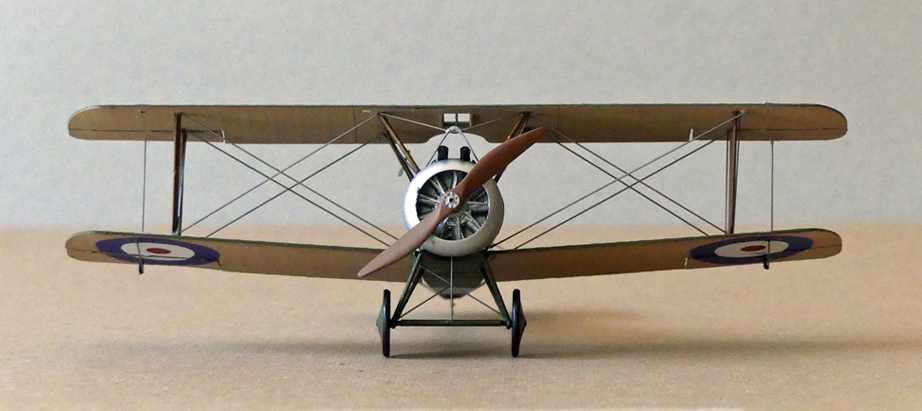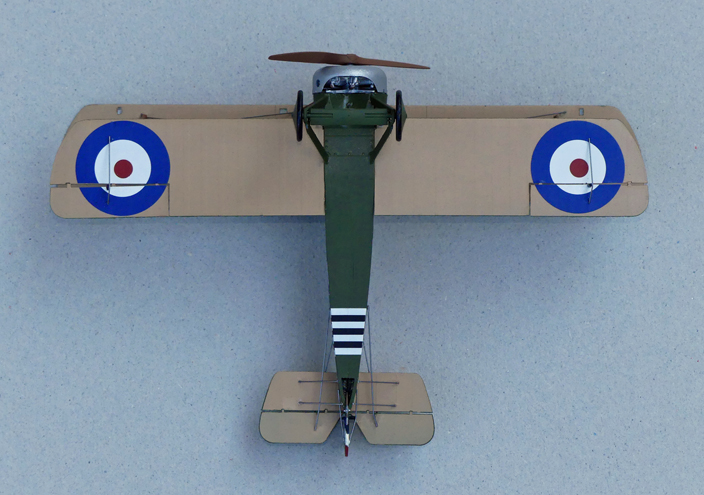 <><>
<><>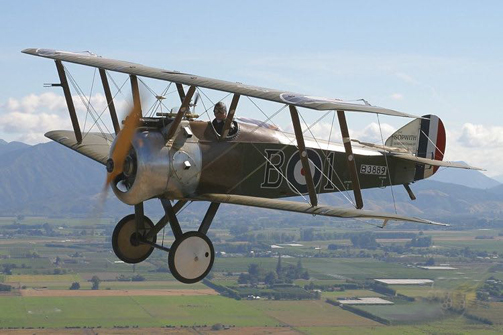
 <><>
<><>
The Sopwith Camel was a British WWI single-seat biplane fighter aircraft that was introduced on the Western Front in July 1917. It was developed by the Sopwith Aviation Company as a successor to the Sopwith Pup and became one of the best known fighter aircraft of the Great War. The cowling over the two Vickers machine guns ahead of the cockpit created a distinctive hump, making the name Camel a natural choice, although it was never an official military designation.
The Camel was powered by a single rotary engine. Instead of a stationary engine where the crankshaft turns the propeller, the crankshaft of the rotary engine was attached to the airframe and the whole engine rotated. The gyroscopic effects of this type of engine made it dangerous for novice pilots, and almost as many were killed in accidents as died in combat. But its instability also contributed to it being agile and maneuverable, and once its tricky characteristics were mastered, the Camel was a superior fighting airplane. It was highly maneuverable in the hands of an experienced pilot, a vital attribute in the relatively low-speed, low-altitude dogfights of the era.
For the first time on an operational British-designed fighter, two 0.303 inch (7.7mm) Vickers machine guns were mounted directly in front of the cockpit, synchronized to fire forwards through the propeller disc. Initially this consisted of the fitment of the Sopwith firm's own synchronizer design, but after the mechanical-linkage Sopwith-Kauper units began to wear out, the more accurate and easier-to-maintain, hydraulic-link Constantinesco-Colley system replaced it from November 1917 onward. In addition to the machine guns, a total of four Cooper bombs could be carried for ground attack purposes.
Agility in combat made the Camel one of the best-remembered Allied aircraft of WWI. Royal Flying Corps crew used to joke that it offered the choice between "a wooden cross, the Red Cross, or a Victoria Cross". Together with the S.E.5a and the SPAD S.XIII, the Camel helped to re-establish the Allied aerial superiority that lasted well into 1918.
In total, Camel pilots have been credited with downing 1,294 enemy aircraft, more than any other Allied fighter of the conflict. Towards the end of the WWI, the Camel also saw use as a ground-attack aircraft, partly because the capabilities of fighter aircraft on both sides advanced rapidly and left the Camel somewhat outclassed.
The main variant of the Camel was designated as the F.1. Other variants included the 2F.1 Ship's Camel, which operated from aircraft carriers; the Comic night fighter variant; and the T.F.1, a "trench fighter" armored for attacks on heavily-defended ground targets. A two-seat variant served as a trainer. There were approximately 5,490 Camels built and remained a front-line fighter until the end of the war. The last Camels were withdrawn from RAF service in January 1920.
Trivia: The Camel is the "plane" of Snoopy in the Peanuts comic strip, when he imagines himself as a World War I flying ace and the nemesis of the Red Baron. Sopwith Camel was also the name of an American rock band associated with the San Francisco psychedelic rock scene of the mid 1960s.
Facts and General Characteristics of the Sopwith F.1 Camel:
Contractor: Sopwith Aviation Company, England
Type: Fighter
Crew: One
Wingspan: 28 ft. 0 in. (8.53 m)
Length: 18 ft. 9 in. (5.72 m)
Height: 8 ft. 6 in. (2.59 m)
Weight: Empty 930 lbs. (422 kg), Gross 1,453 lbs. (659 kg)
Power Plant: 1 × Clerget 9B 9-cylinder air-cooled rotary piston engine, 130 hp (97 kW)
Max Speed: 113 mph (182 km/h)
Ceiling: 19,000 ft. (5,800 m)
Range: 19,000 ft. (5,800 m)
Armament: 2 × 0.303 in (7.7 mm) Vickers machine guns
Facts and General Characteristics of the Model:
This model is painted and marked to represent a Sopwith F.1 Camel operating with the No. 139 Squadron, Royal Air Force, Villaverla, Italy in July 1918.
Manufacturer: Revell GMBH, Germany
Scale: 1/48
Wingspan: 7.0
Length: 4.6
Height: 2.5
Parts: 76 (plus 41 wire support & control cables)
Decals: 10
Hours to build and paint: 22.3
Mistakes/Problems: Several parts did not fit well. I broke a few of the tiny parts and had to super glue them together. This was my hardest airplane model because of all the pinhead size parts and the many wire support and control cables.
